Cleistochloa subjuncea
C.E.Hubb.
(Cly-sto-klo-a; sub-jun-see-a)
A wiry perennial grass, up to 60 cm tall (Fig. 1). The leaves arise from along the stem (cauline) and are quite variable in size (Fig. 2). Two types of spikelets (the basic flowering unit) are found, one type consists of open spikelets which are carried in groups of 2-6 on a terminal spike (Fig. 3) and the second consists of closed spikelets which are carried as solitary spikelets in the branch and leaf axils, usually partially enclosed by the leaf sheath (that part of the leaf that clasps the stem) (Fig. 4). When the grass dries off, the leaf sheath loosens from the stem/culm and the leaf blade breaks off (Fig. 5).
BOTANICAL DESCRIPTION
A wiry perennial to 0.6 m tall, bases covered with thick scales (cataphylls) although these are not always obvious (Fig. 6). Leaf blades 1-6 cm long, to 3 mm wide, hairy or glabrous (Fig. 2). Terminal inflorescence an erect raceme, 0.7-3.5 cm long, consisting of 2-6 chasmogamous spikelets borne alternately along the axis (Fig. 3). Chasmogamous spikelets 3.5-5 mm long, almost glabrous. Lower glume < 1 mm long; upper 5-nerved, 3-4 mm long. Lower lemma 3.5-4.5 mm long, hairy on the upper margins and apex but glabrous on the surface; upper lemma as long as the spikelet. Cleistogamous spikelets partly enclosed by the leaf sheaths, 4-6 mm long, obtuse, usually apiculate (Fig. 4).
DIAGNOSTIC FEATURES
This genus is recognised by the tufted wiry stature of the plant, the indistinct flowering heads, and the spikelets partially enclosed in the leaf axils. Cleistochloa sclerachne also occurs in the Cape York Peninsula Region (CYP) and can be distinguished from C. subjuncea by the wider and longer leaf blades, and the hairy surface of the lower lemma of the terminal spikelets (Fig. 7). Sterile specimens of Paspalidium gracile have a similar wiry form and are difficult to distinguish without spikelets, they lack the spikelets in the leaf axils and have a bristle which extends beyond the terminal spikelets (Fig. 8 & 9).
HABITAT
In tropical and subtropical rain forests, Brigalow forests, tropical and subtropical sub-humid woodlands, and semi-arid shrub woodlands, often associated with sandstone and poorer soils (Simon & Alfonso 2011) (Fig. 10). Collections are located in the lower eastern quadrant of the Cape York Peninsula (Fig. 11), and the Mitchell River Catchment may be on the edge of this species’ distribution.
LAND MANAGEMENT NOTES
Flowers sporadically throughout the year.
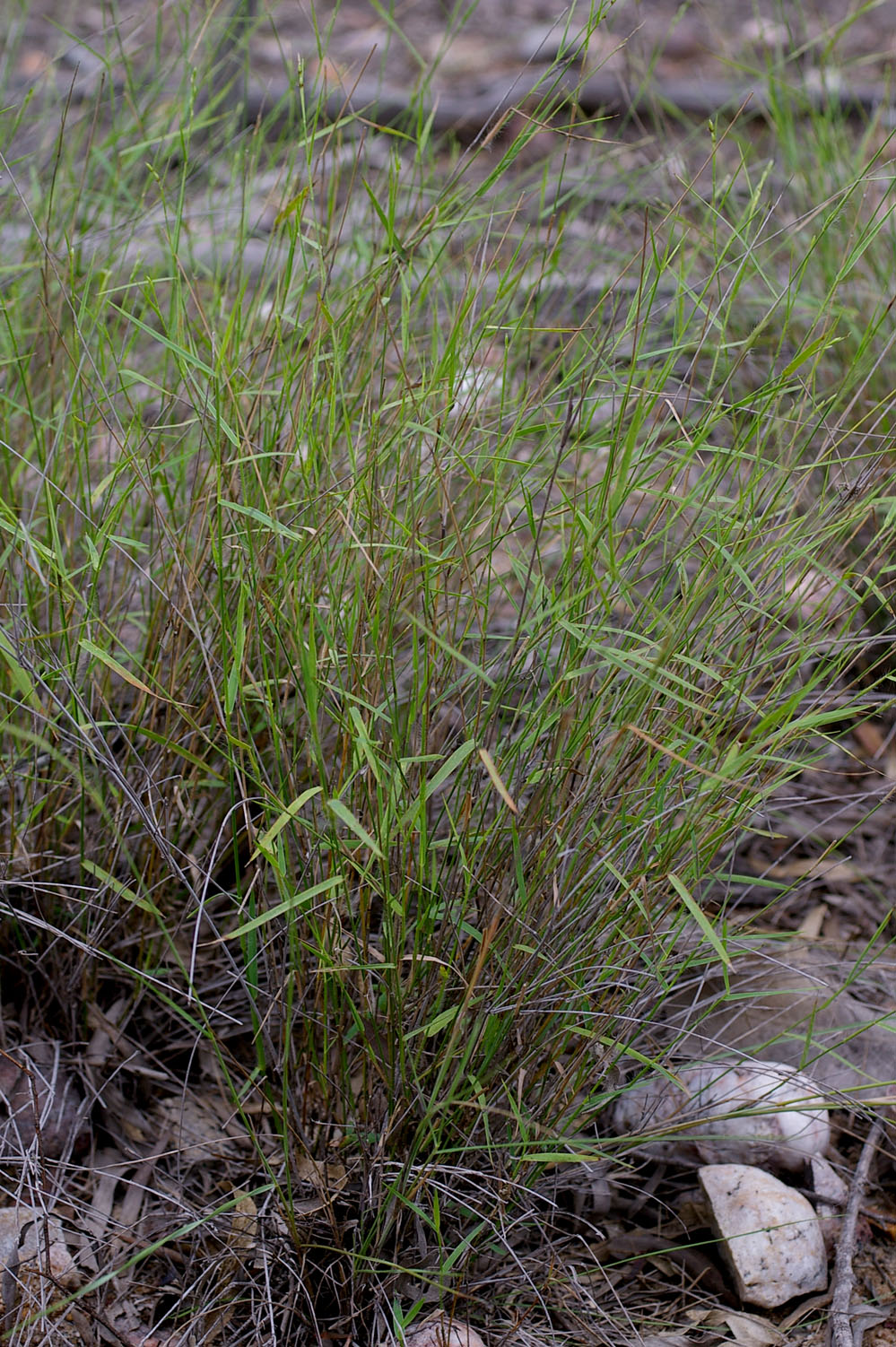
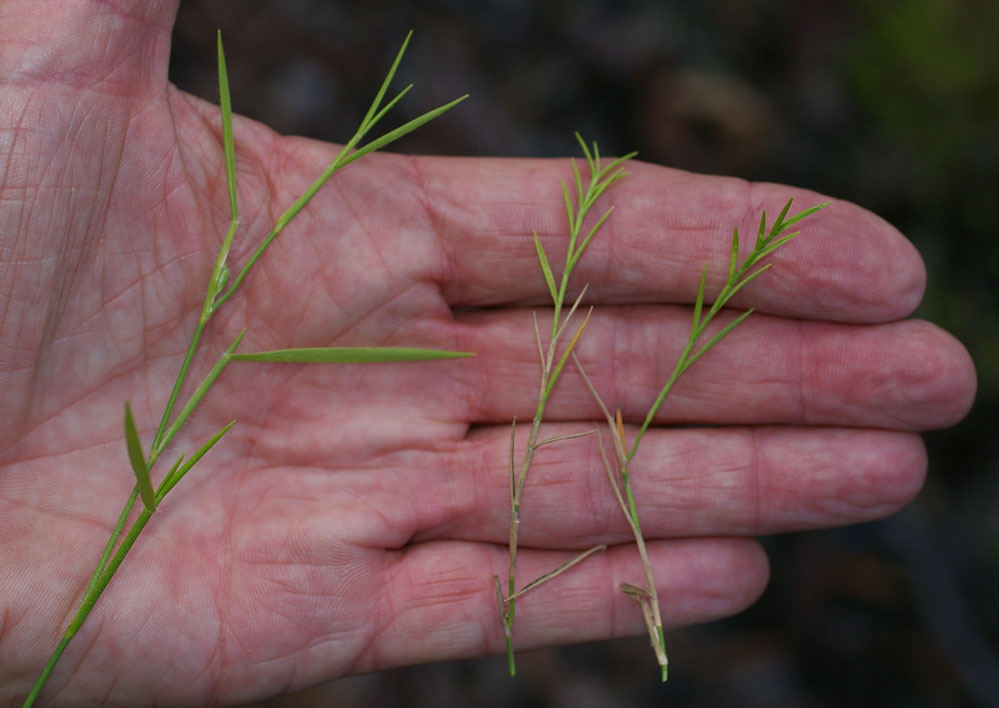
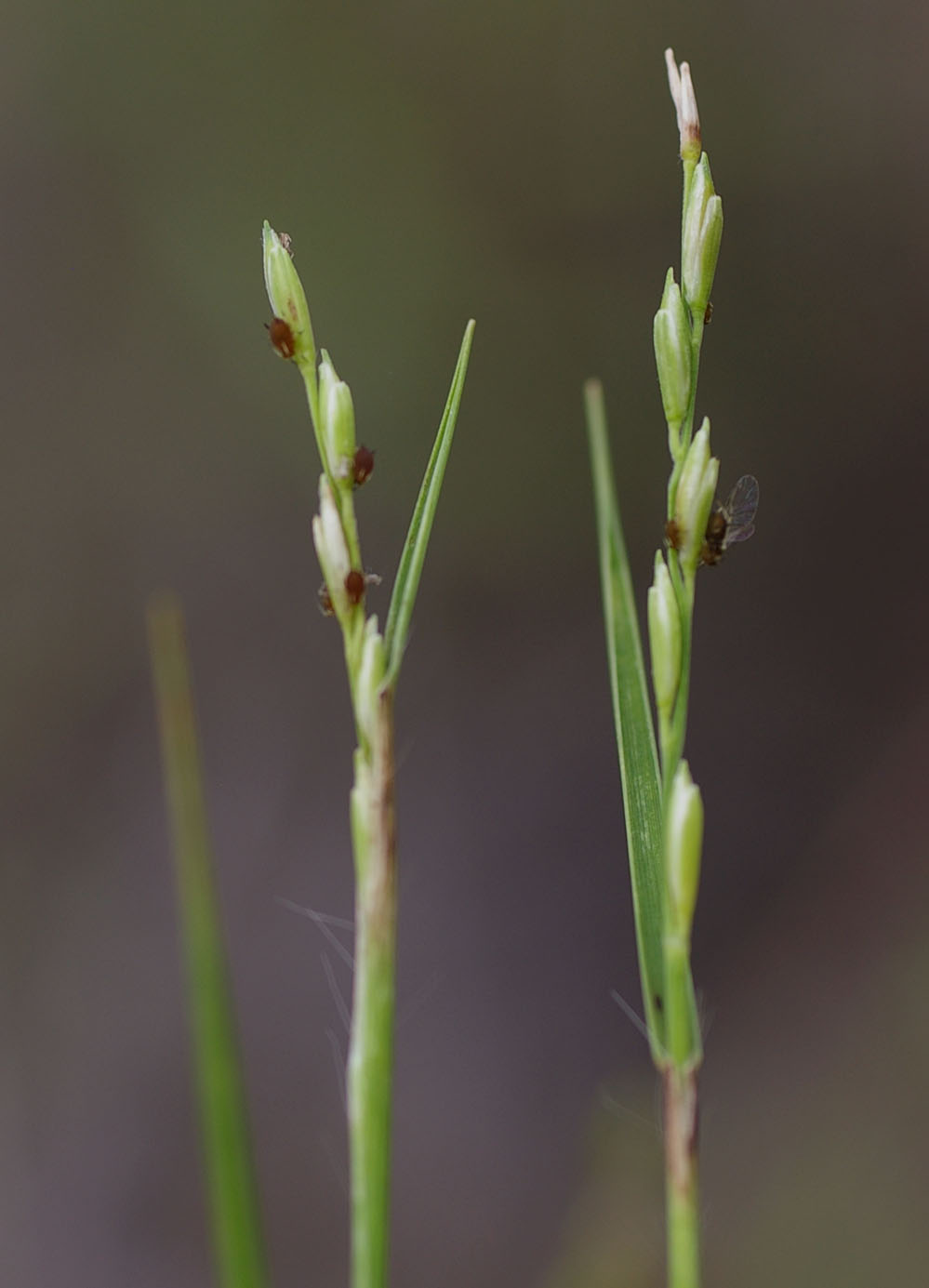
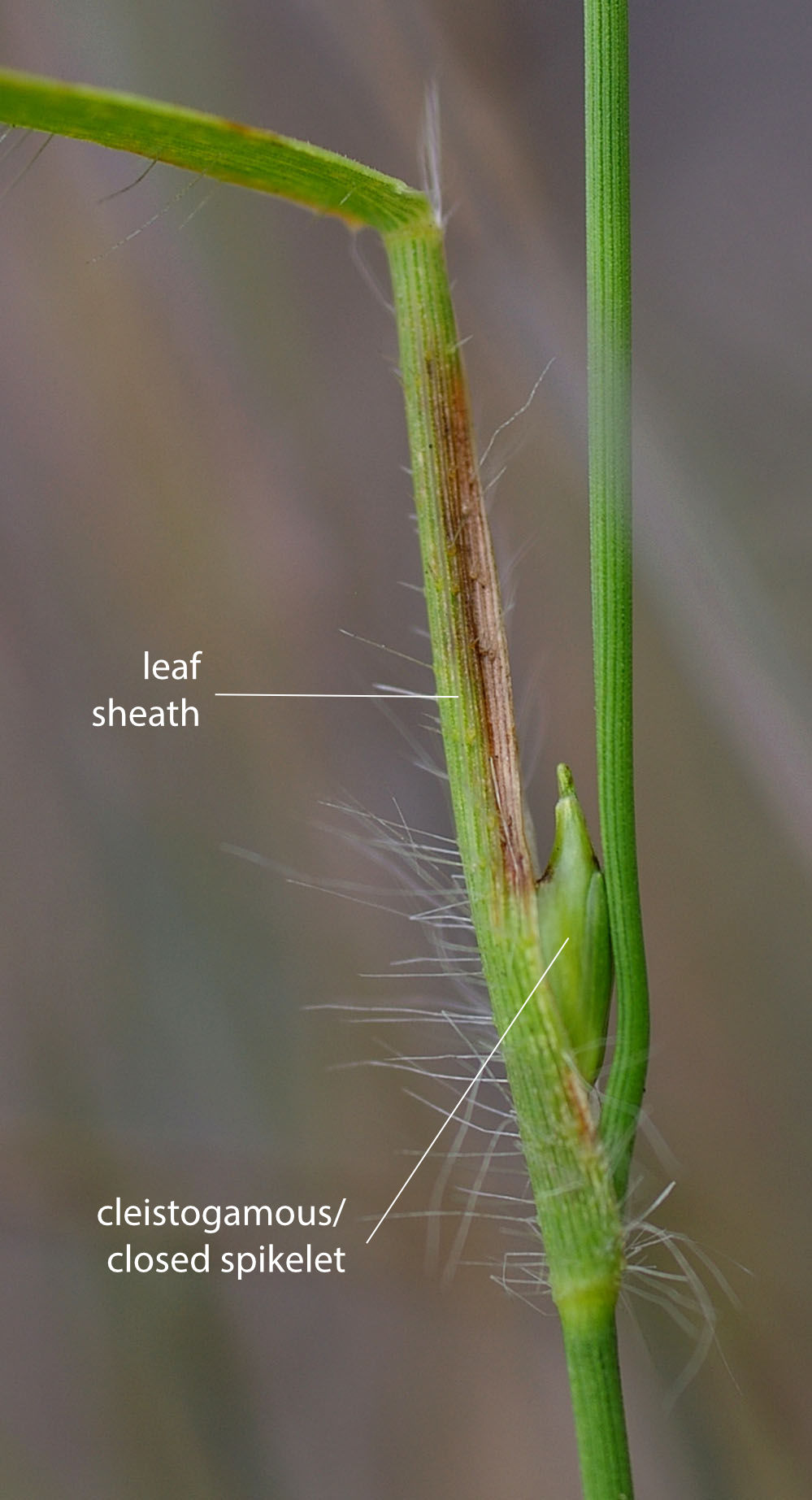
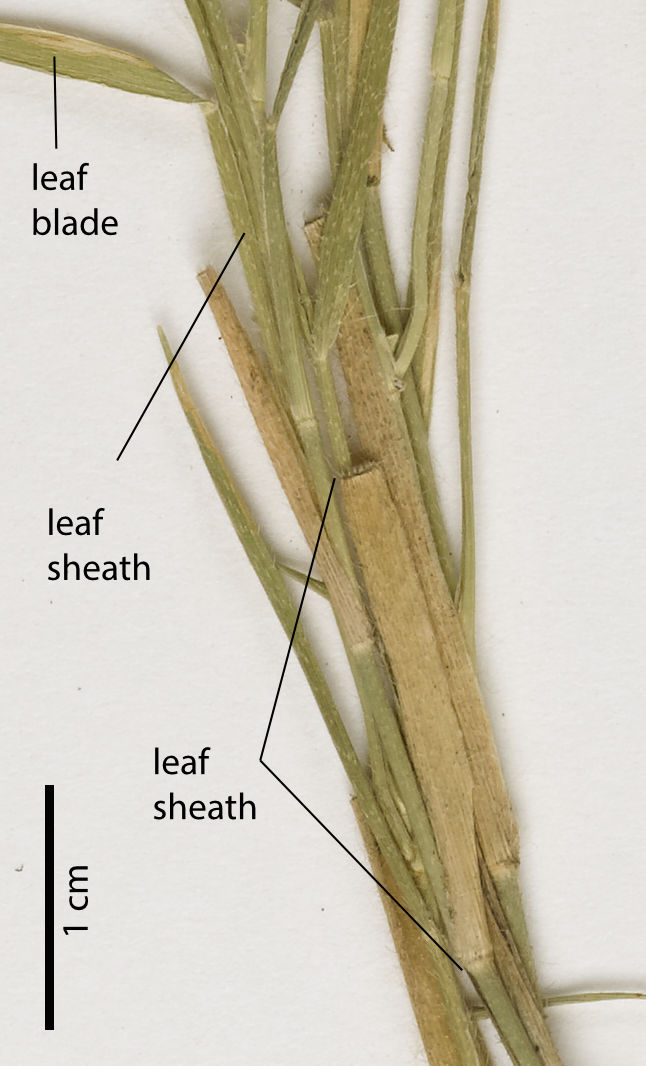
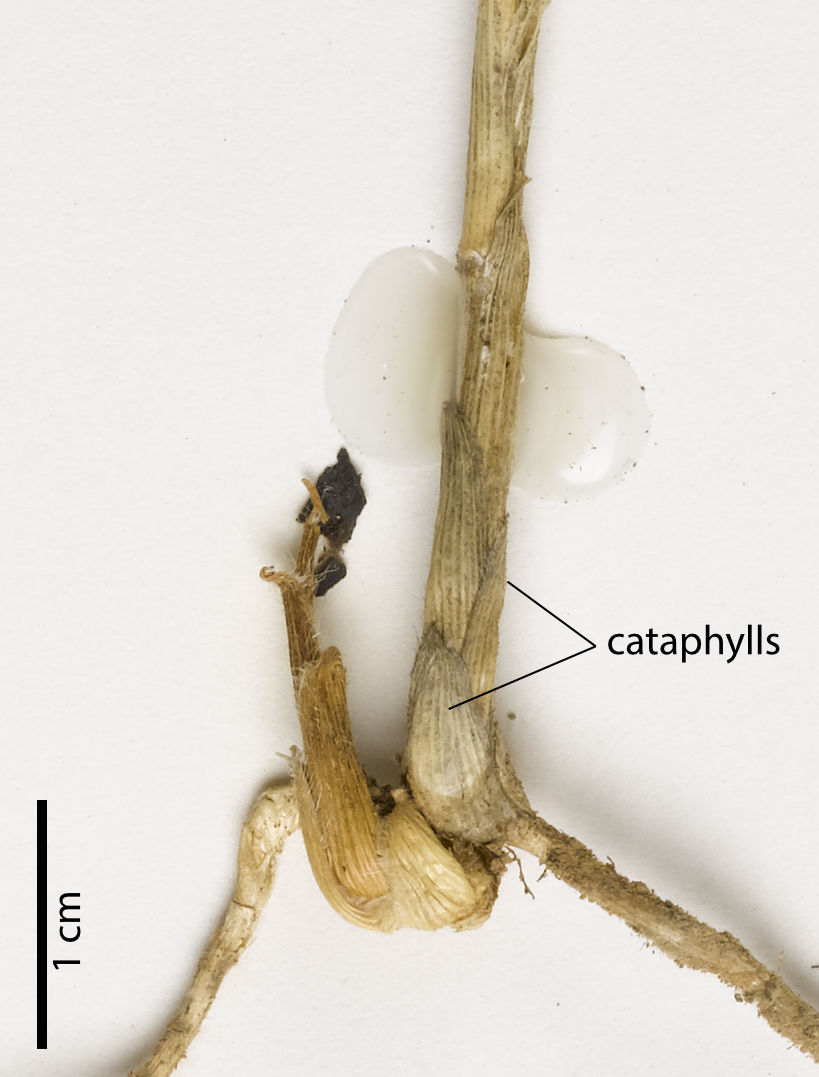
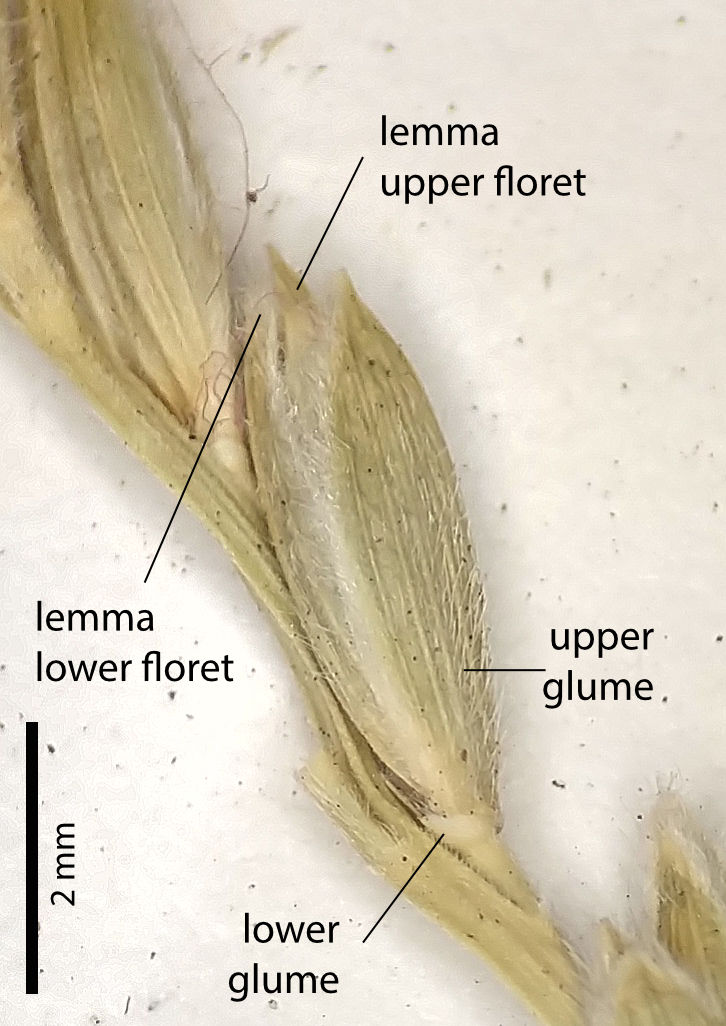
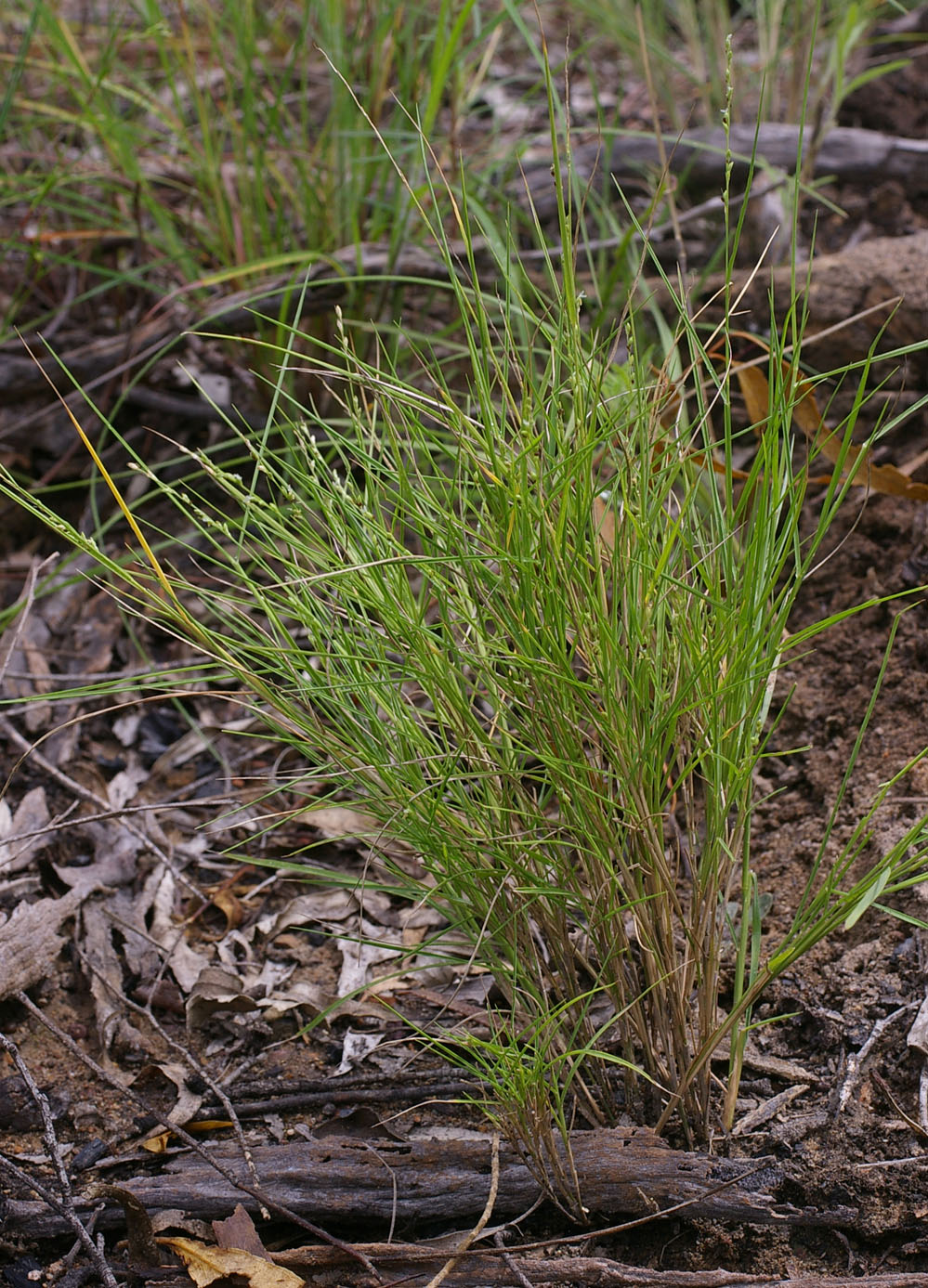
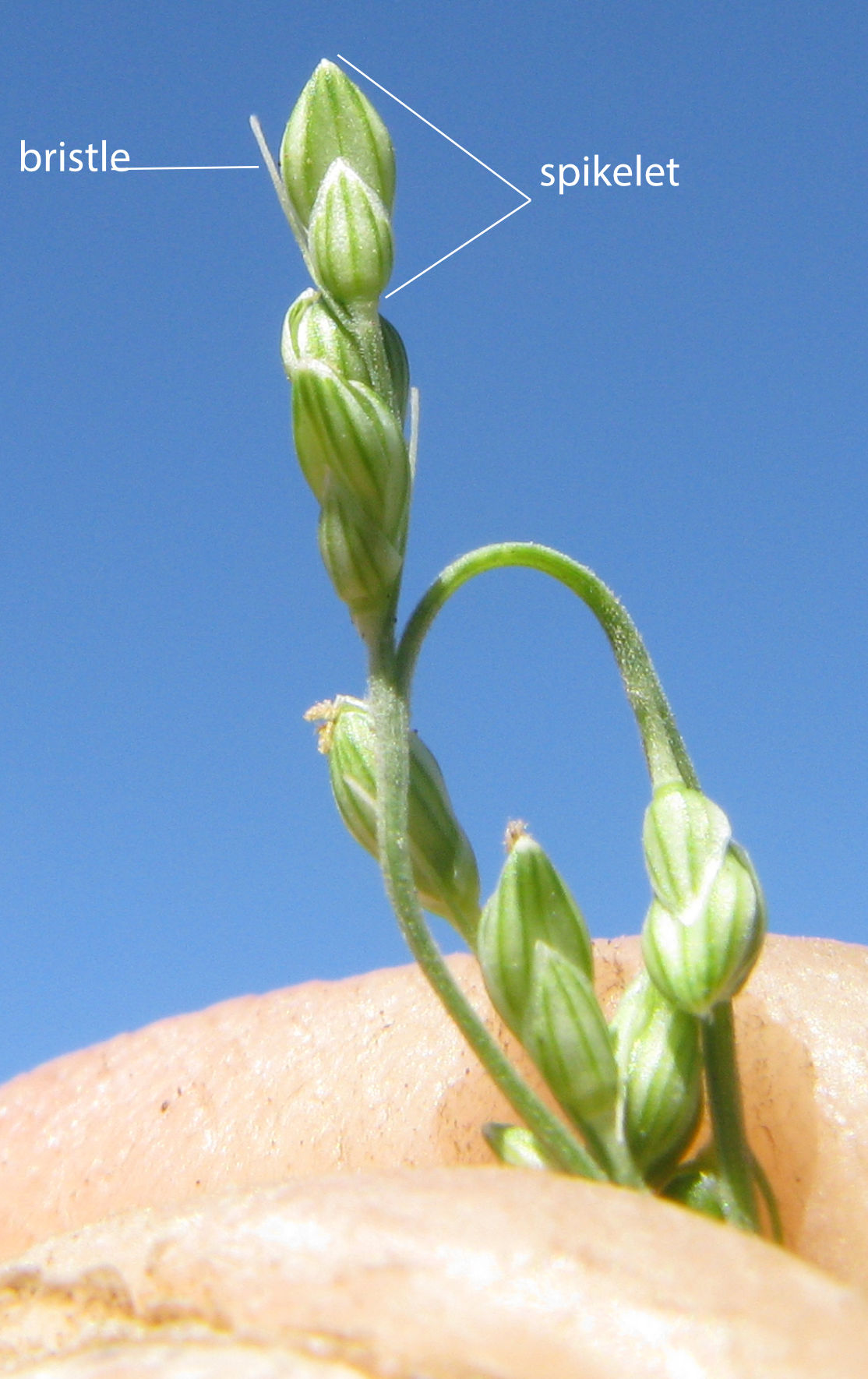
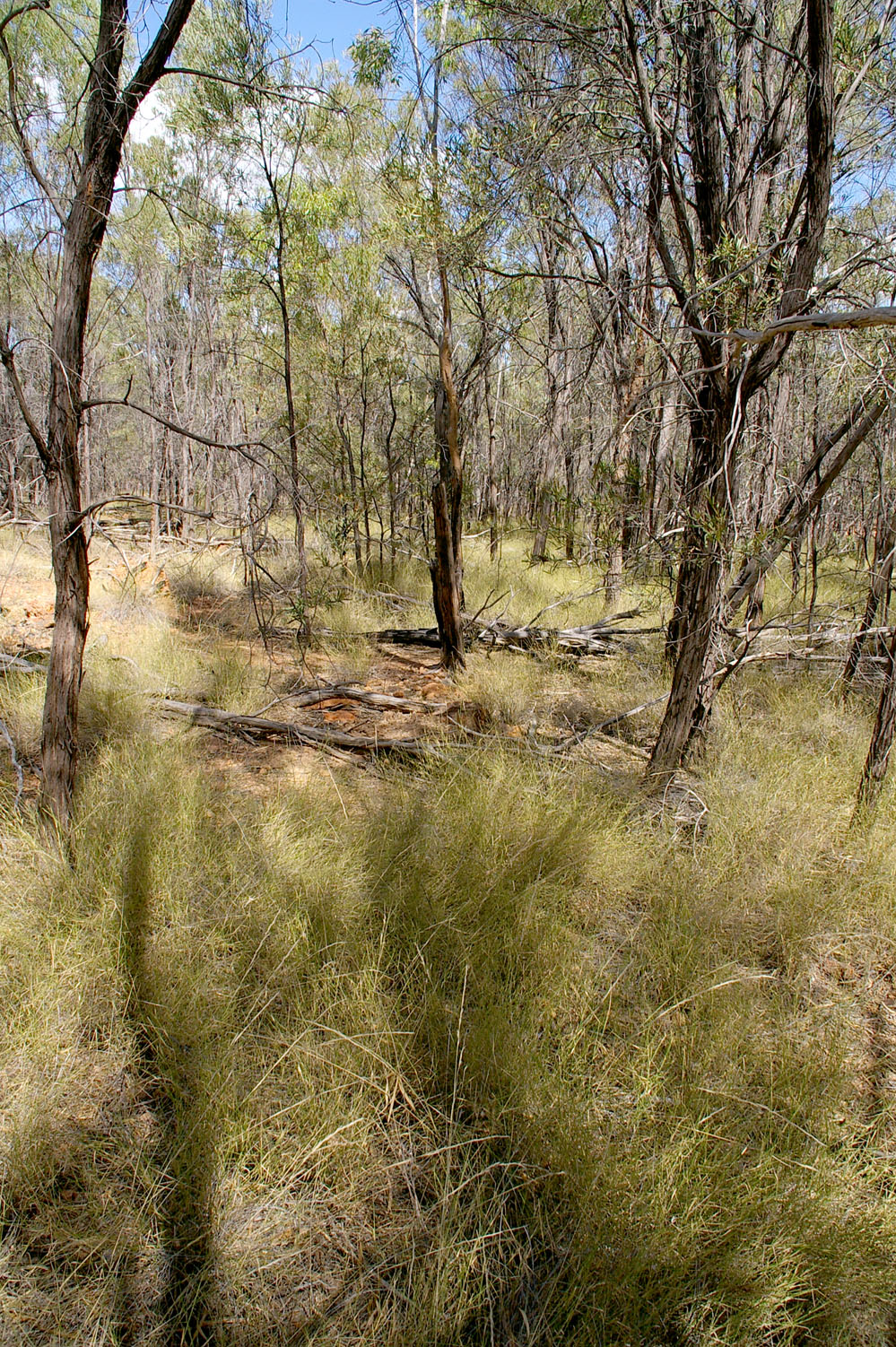
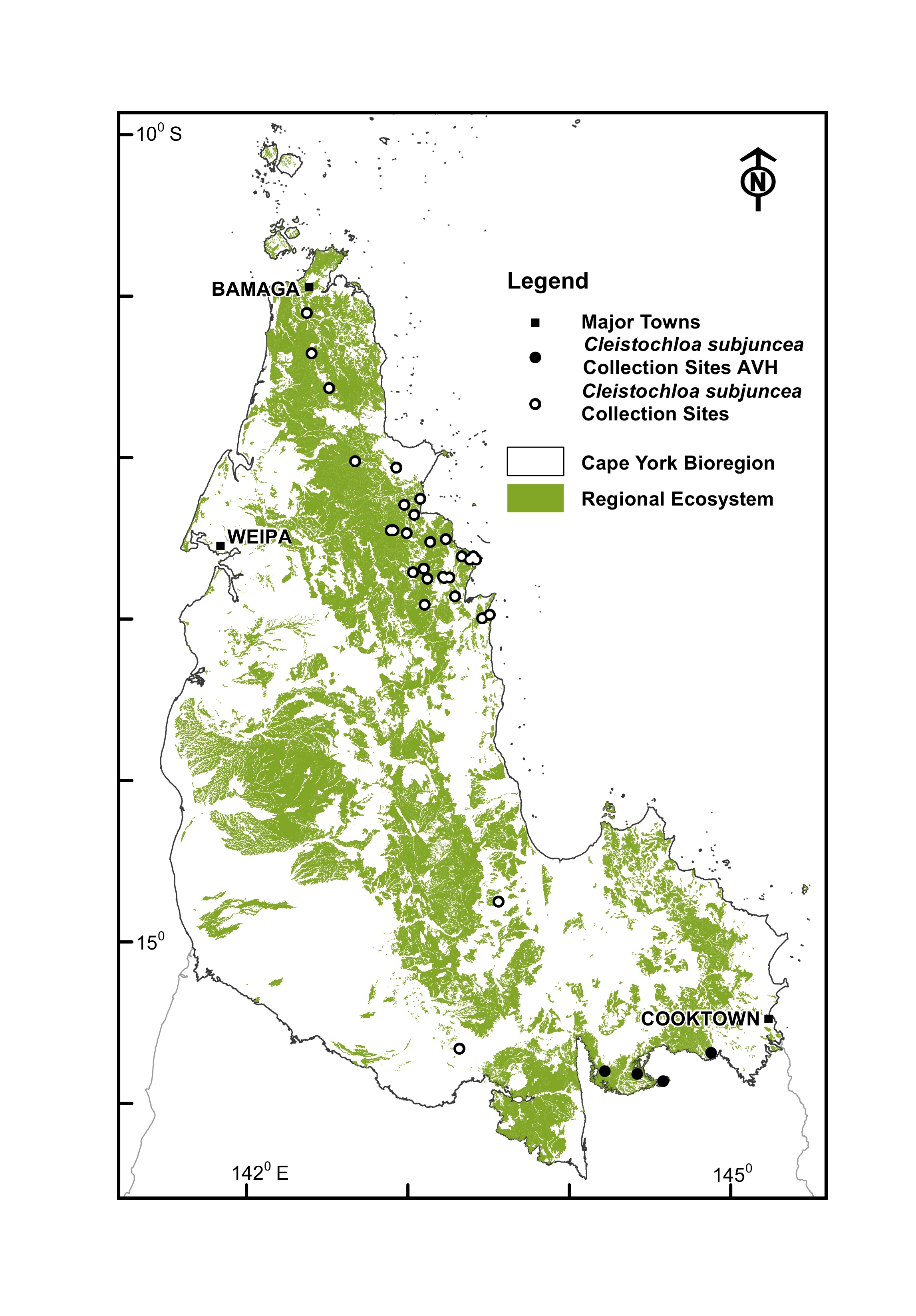
Resources
AVH (2019). Australia’s Virtual Herbarium, Council of Heads of Australasian Herbaria, <http://avh.chah.org. au>, accessed 1 Mar 2019.
Hooker, Nanette B. (2016). Grasses of Townsville. James Cook University, Townsville, QLD, Australia.
PlantNET (The NSW Plant Information Network System). Royal Botanic Gardens and Domain Trust, Sydney. http://plantnet.rbgsyd.nsw.gov.au [May 2019].
Simon, B.K. & Alfonso, Y. (2011). AusGrass2, http:// ausgrass2.myspecies.info/accessed on [May 2019].

